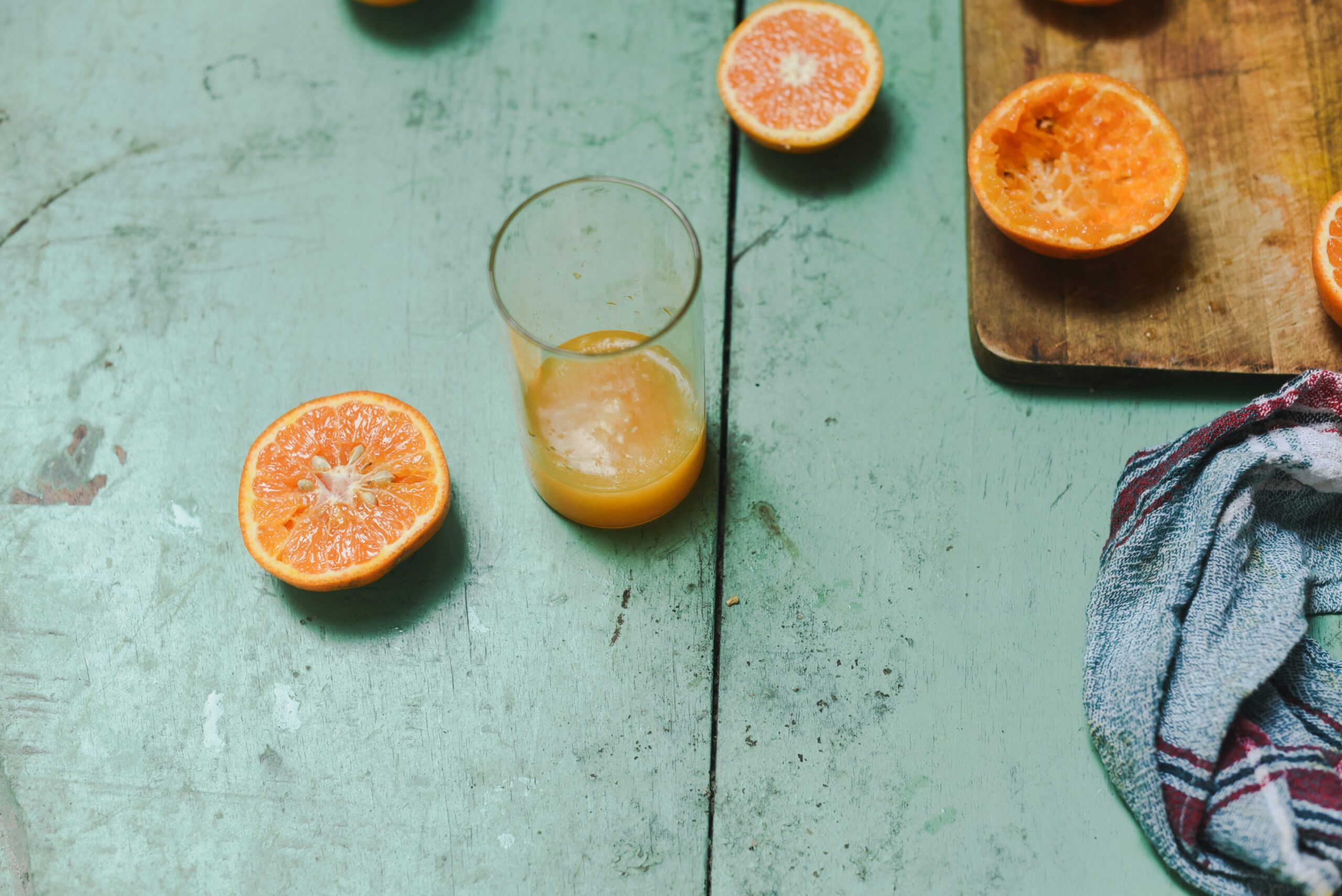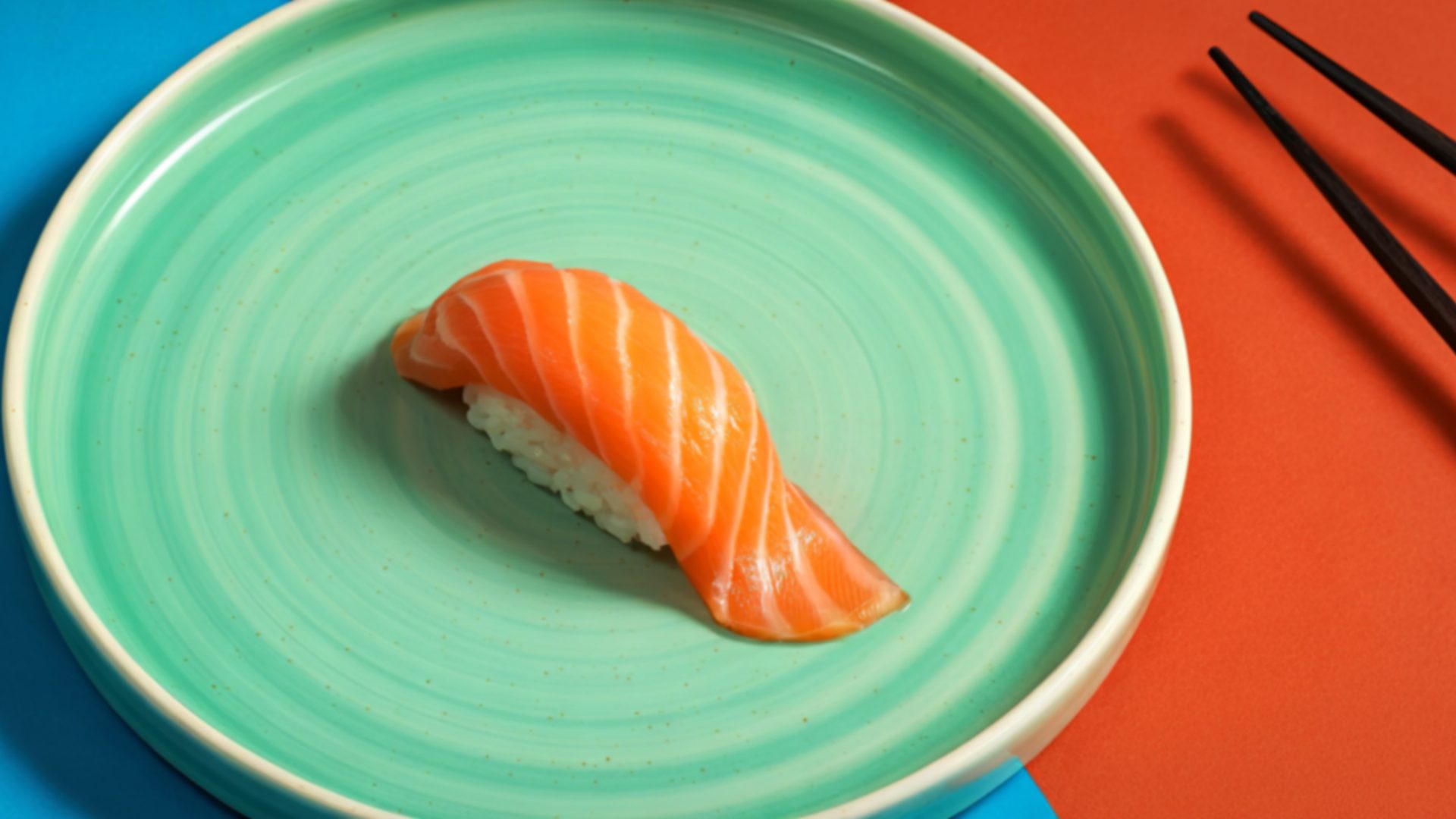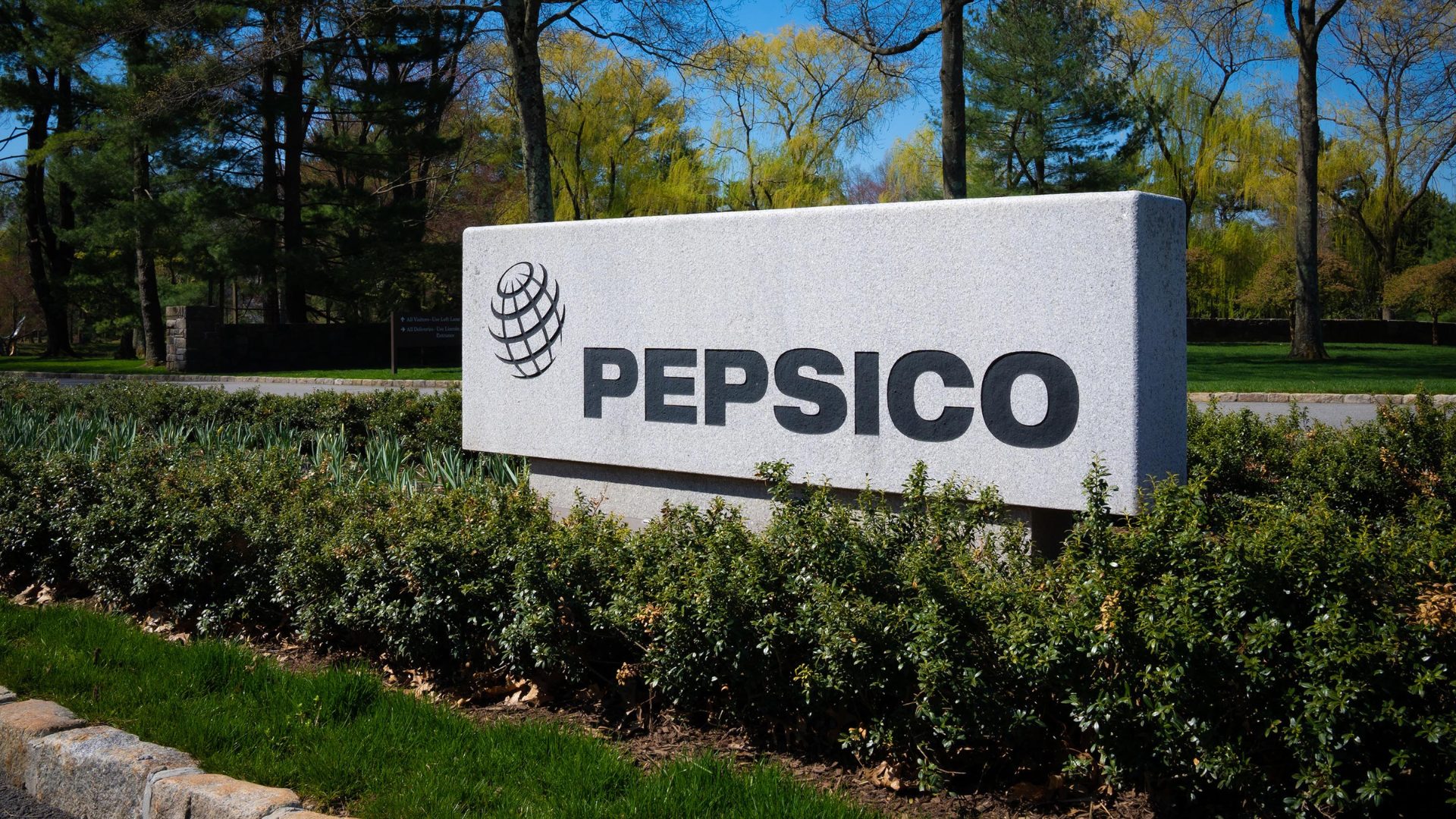MEDICINE LAKE, Minn. – The juice category is in need of a jolt. In recent years, the segment has lacked juice, so to speak – as well as innovation. That was the overall sentiment of industry experts at the recent Transform Food & Ag USA 2024 event.
“The American Pediatric Association tells me ‘You need to cut [out] juice.’ Why? It’s loaded with sugar,” noted one of the event’s panelists, Michelle Fite, chief commercial officer at Elo Life Systems.
“So, I don’t have orange juice and I don’t have grape juice in my refrigerator anymore,” she added, during a panel discussion titled “Reinvigorating the Juice Category.”
A common theme at the industry event, which was hosted by Reuters, is that the juice market would benefit from an influx of unique, new products.
“Innovation is just not there. … The juices themselves are not seeing a lot of innovation. One reason for that could be fragmentation of the industry,” said Sophie Côté, an executive with Innova Market Insights.
The worldwide juices market is projected by Statista to grow by 4.3% and reach a market volume of $95.4 billion by 2029. Key brands in the increasingly fragmented category include Naked, Snapple, Minute Maid, California, Innocent and Ocean Spray – though no player is truly dominant at the moment.
Modern consumers demand not just sugar reduction but generally better-for-you beverages.
“We have a growing, aging, and also obese population,” Côté said. “So, sugar-reduction is a priority.”
“Most of the technology that’s coming into the juice space is all in sugar and calorie reduction,” Fite noted. “Consumers are looking for natural (and) ‘How do I reduce sugar and calories?’”
GLP-1 weight-loss drugs are starting to steer some consumers away from traditional beverages like orange juice, too.
Côté noted that roughly “10 percent of the U.S. is on a weight-loss medication … so this is definitely going to drastically impact the food and beverage industry.”
Evolving Trends to Watch
Multiple other global lifestyle themes are taking root these days, and their impact on the juice market is growing, panelists said, including the following:
- Conscious living (balancing concern for the planet with one’s wallet)
- Evolving eating occasions
- The “treat and reward” trend, to aid mental health
“There’s a mental health crisis,” Côté noted. “And people are looking at food to reward themselves, to treat themselves, for enjoyment and pleasure.”
Area of Opportunity
A final, noteworthy trend revealed at the event: cold-press juices are as popular as ever with consumers in the 28 to 43-year-old age range.
“Millennials are over-indexed in terms of interest in the cold-press category,” Côté said. “It does mirror a larger market trend in terms of interest in the cold-press category (in that) it is perceived as healthier.”
While shoppers often choose products these days due to their functionality, they tend to make the most repeat purchases of items that taste best and are marketed in a creative manner, panelists noted.
As a brand, “you want to get to a stage where people think ‘This brand gets me and connects with me,’” said Jeremy Faa, partner with The BridgeTech Fund. “It always reminds me of a quote: ‘Love is like bread; it needs to be made fresh every day.’ And brands are a bit like that.”
The Food Institute Podcast
U.S. grocery retailers are facing regulatory scrutiny on pricing, ever-increasing shrink and a financially-stretched consumer, but how can they adapt to these new market pressures? Supermarket Guru Phil Lempert joined The Food Institute Podcast to discuss the Kroger-Albertsons merger, the rise of private label and more.











